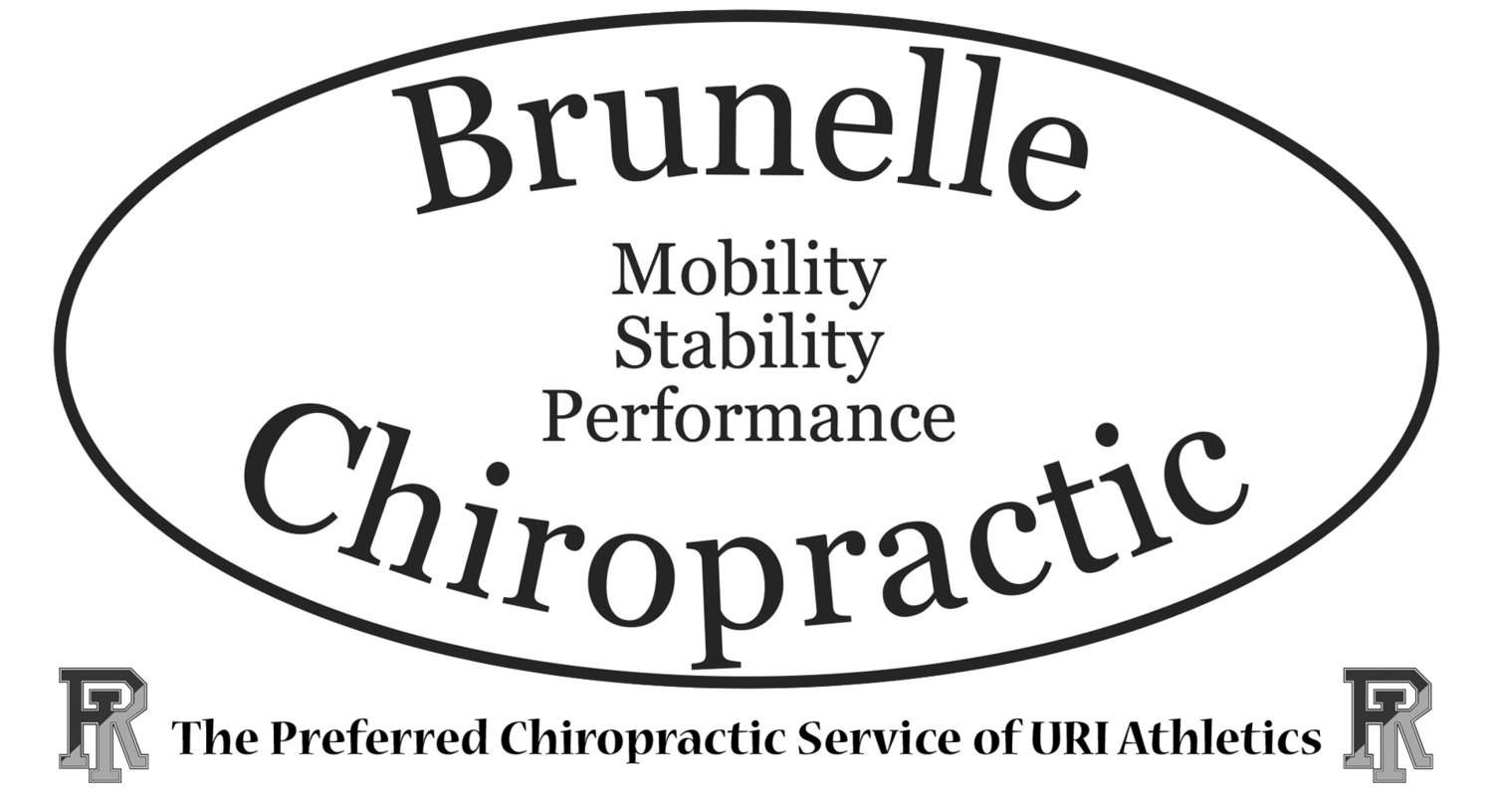At Brunelle Chiropractic, our focus is not just to alleviate pain and to treat past injuries, but to prevent future ones from happening. For those that are serious about preventing injury and performing at peak levels, Dr. Brunelle offers a variety of options that go beyond traditional chiropractic care. These personal pay services, targeted specifically for athletes of all levels, will help take your performance to the next level. With years of experience training both high school and collegiate athletes, Dr. Brunelle can not only train you in the office, but can help you convey your assessments and workouts to your strength and conditioning coaches and personal trainers.
Functional Movement Screen and Selective Functional Movement Assessment
Functional Movement Systems is a company with a mission to help people move better and then move often. The philosophy was introduced in 1995, at a time when there was no systematic tool to identify movement asymmetries or major limitations in functional movement patterns.
The system promotes collaboration between performance and rehabilitation professionals through the use of two tools - the Functional Movement Screen™ and the Selective Functional Movement Assessment™. Both tools evaluate movement but are separated by a clear distinct marker. That marker is pain. If movement produces pain, the individual would be sent through SFMA. If pain is not present, then the FMS is the appropriate tool.
NeuroKinetic Therapy
NeuroKinetic Therapy™ corrective movement system is a sophisticated bodywork modality that can be used as both an assessment and rehabilitative technique for low back pain, neck pain, carpal tunnel, and other injuries.
Created by David Weinstock, The NeuroKinetic Therapy™ corrective movement system protocol employing a system of precise muscle tests has the ability to change the programming of the Motor Control Center (MCC) in the cerebellum. The MCC coordinates all movement patterns in the body.*
Rehab2Performance
The same principles involved in rehabilitation of patients with chronic pain or recent injury apply in performance enhancement and creation of durability in athletes. To cross this chasm, we need professionals who understand these principles and a network of exceptional professionals to fill the proper roles.
The International Society of Clinical Rehab Specialists (ISCRS) is a non-affiliated multidisciplinary society including physicians (D.C., D.O., M.D., & Ph.D.), DPT’s, PT’s, ATC’s, exercise physiologists and kinesiologists, who demonstrate excellence in their field and adherence to the mission of the ISCRS.*
Whether you are a coach, athletic trainer, parent, personal trainer or an athlete at any level, utilizing the Functional Movement, NeuroKinetics and Rehab2Performance techniques can help prevent injuries and increase performance for success in all sporting activities
FAKTR (pronounced FACTOR) is actually a concept, not a technique. The acronym stands for Functional and Kinetic Treatment with Rehab. Co-Developed by Dr. Tom Hyde, DC, DACBSP, FRCCSS (Hon), ICSSD, CKTP, CSTI, GT, ART, FAKTR, FICC, incorporates the latest research and evidence-based soft-tissue techniques into a comprehensive protocol to treat common disorders of the muskuloskeletal system and complicated injuries quickly and easily with impressive results. The co-developers utilized their training in a variety of soft tissue techniques including instrument assisted soft tissue mobilization (IASTM) to develop a concept that included function and treatment of the kinetic chain while utilizing various forms of rehabilitation at the same time. This unique approach to treating in the position of provocation (pain, loss of range of motion, feeling of tightness within the fascia/soft tissues) and during motion sets FAKTR-certified providers in a class all their own. FAKTR incorporates all of the above variations to evaluate and treat soft tissue/fascial conditions. These concepts are quick to apply, easy to grasp and produce rapid results.
POSTURAL RESTORATION INSTITUTE
Postural Restoration Institute® (PRI) professionals recognize these imbalances and typical patterns associated with system disuse or weakness that develops because of dominant overuse. This dominant overuse of one side of the body can develop from other system unilateral overuse. For example, if the left smaller diaphragm is not held accountable for respiration as the right is, the body can become twisted. The right diaphragm is always in a better position for respiration, because of the liver’s structural support of the right larger diaphragm leaflet. Therefore, the left abdominals are always important to use during reciprocal function, such as walking, to keep the torso balanced.
